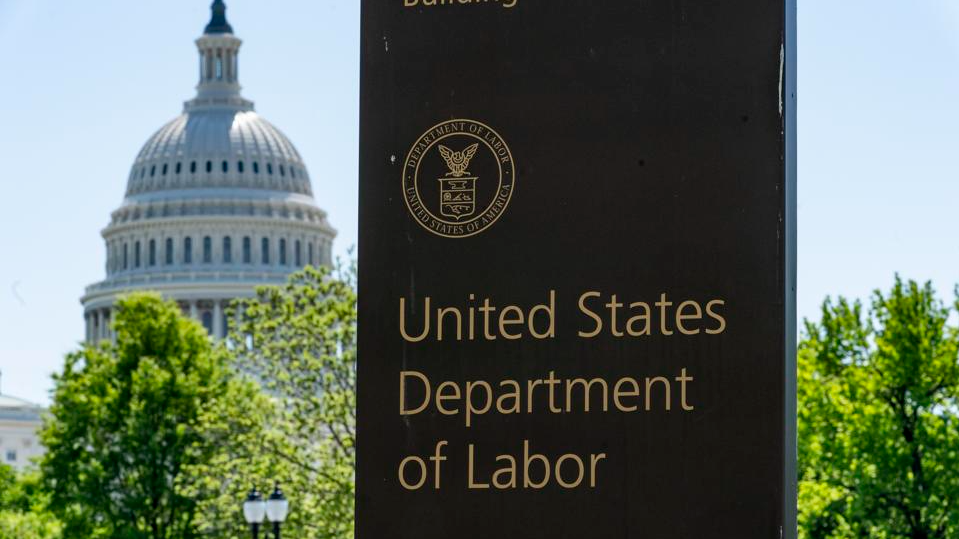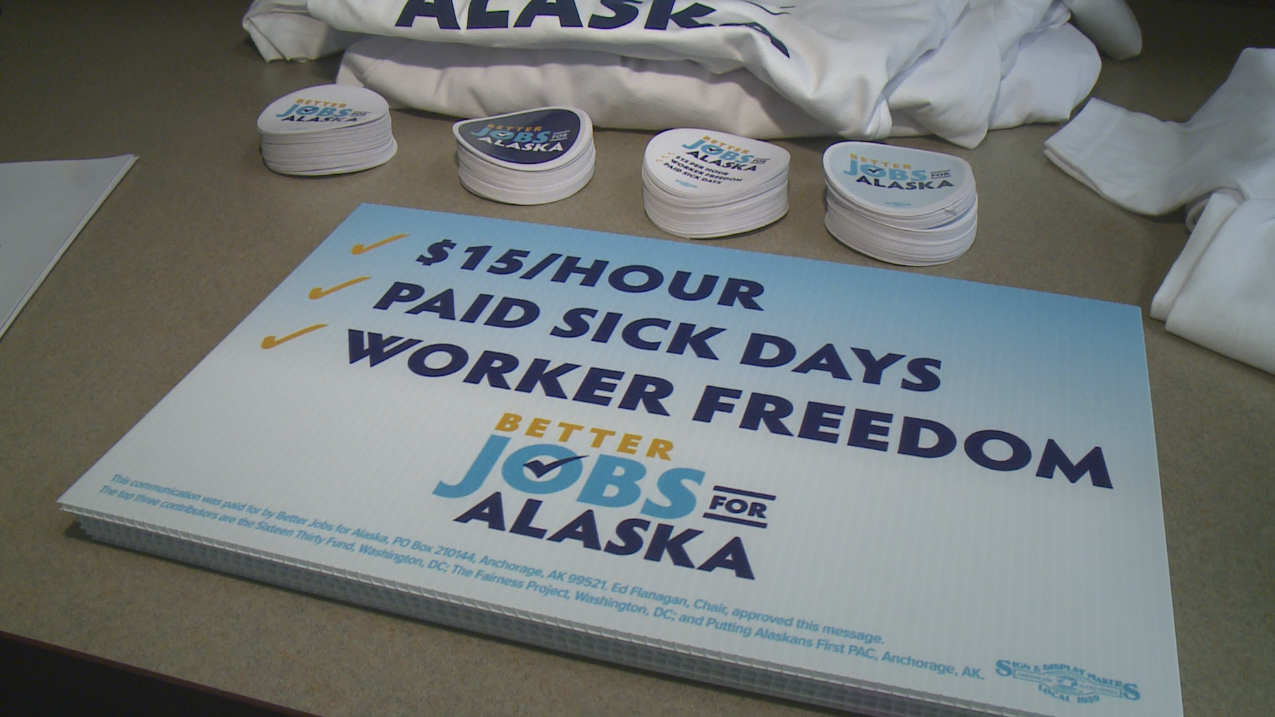The U.S. Department of Labor (DOL) announced it intends to significantly raise the exempt salary threshold from $684 per week to $1,059 under a new proposed rule. The new threshold means employees need to earn $55,068 or more per year to be exempt from overtime. This increase is expected to affect 3.6 million workers nationwide.
In addition, DOL also is proposing automatic increases every three years to the overtime threshold.
The exempt salary threshold refers to employees’ minimum salary level to be classified as “exempt” from receiving overtime pay. In the United States, the threshold is primarily associated with the Fair Labor Standards Act (FLSA), a federal law that establishes labor standards such as minimum wage and overtime pay.
Under the FLSA, most employees are entitled to receive overtime pay at one and a half times their regular hourly wage for all hours worked beyond 40 hours in a workweek. However, there are exemptions for specific categories of employees, such as those classified as “salaried exempt,” who are not entitled to overtime pay regardless of the number of hours they work. One of the criteria for qualifying as a salaried exempt employee is meeting a minimum salary threshold set by the DOL.
During the Obama administration, the Department of Labor proposed a significant update to the salary threshold of $455 weekly ($23,660 annually) in 2016. The proposed threshold was $913 per week, or $47,476 annually. However, the update faced legal challenges and was eventually blocked by a federal judge in Texas.
Under the Trump administration, the DOL issued a new rule in 2019 to update the salary threshold. The threshold was raised to $684 weekly, or $35,568 annually. This rule went into effect on January 1, 2020. Adjusted for inflation, that amount today would be $42,594 annually.
Employers may need to review their pay practices now that the DOL has issued its long-anticipated proposal to raise the salary threshold for exempt employees. Although this is in the proposal phase, we expect the DOL to prioritize this rule and move swiftly through the notice and comment period. While this new rule must go through the public comment phase and overcome impending lawsuits, the new rule is expected to become the law of the land in 2024.
Remember, state labor laws can have their own overtime exemption thresholds, which may be higher than the federal threshold. In such cases, employees are entitled to the higher standard. As an example, Washington currently has a weekly rate for small businesses (1-50) employees of $1,101.80 weekly ($57,293.60 annually) and $1259.20 weekly ($65,478.40 monthly) and increases to adjust for cost of living annually. In California, this threshold is twice the state minimum wage (currently $15.50/hour) or $64,480 per year. Other states can be seen here.
Employers with salaried employees below this threshold have two options: Increase their employees’ salaries to the new thresholds or move these employees to an hourly rate. When the rule is finalized, you must decide whether to raise their salary to meet the new threshold or convert them to non-exempt status.
How can we help?
Companies may want to know the actual hours of salaried employees who fall below the new federal rules. This tracking can help understand the potential impact of converting to non-exempt status and make an informed decision when the time comes. Time Equipment Company can help set this up for you.
For more information about tracking time for these employees, contact Time Equipment Company at support@timeequipment.com or 800-997-8463.
*This information simplifies complex Acts as Time Equipment Company understands it. It is not to be taken as legal advice. The regulations for this program are changing. For further information, contact your state or local Department of Labor.










